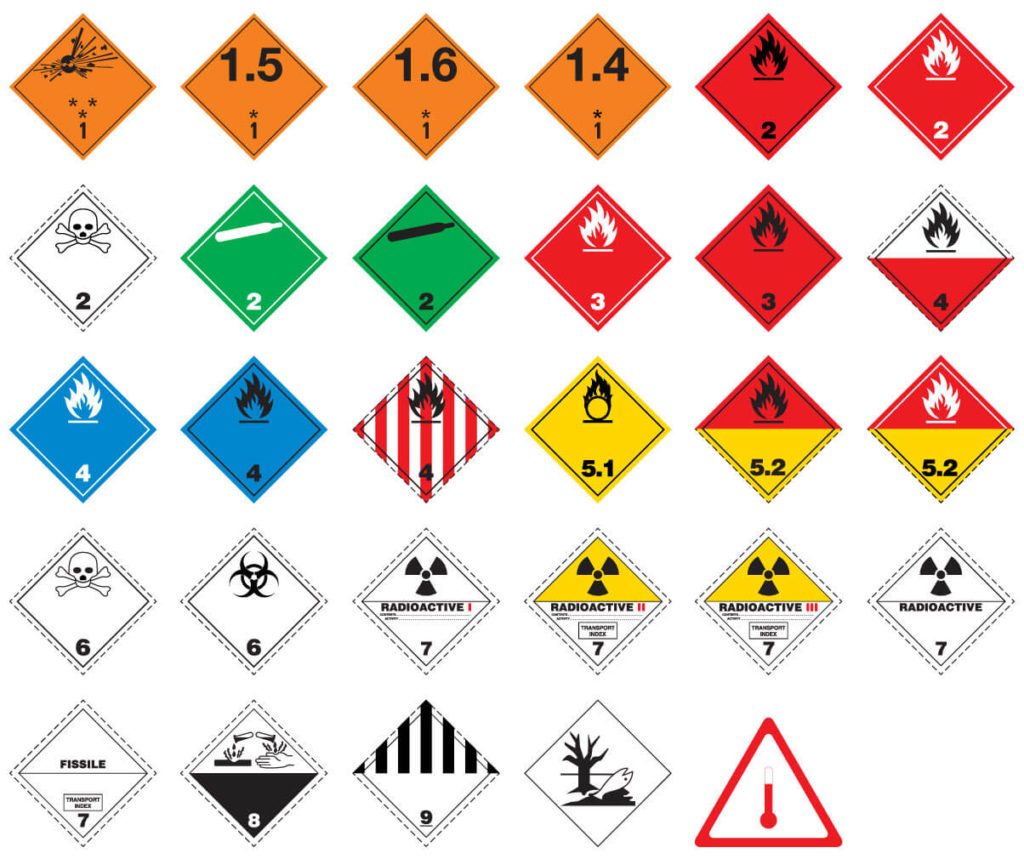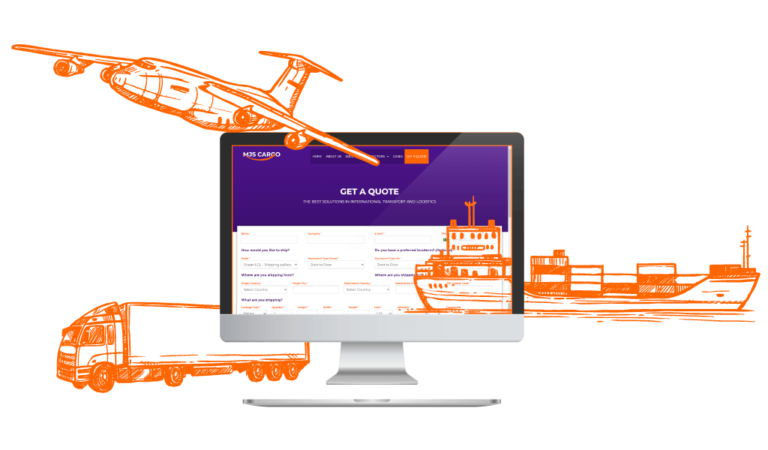MJS Cargo specializes in the transport of dangerous goods in accordance with all legal and regulatory provisions in force in the various countries, offering logistical solutions by air, sea, land and rail.
The air transport of dangerous goods (DGR) presents an inherent high risk and, as such, is of great importance for your safety. Thus, we transport these substances in compliance with all standards imposed by the civil aviation regulator (IATA).
We commit ourselves to carry out these transports under strict security and protection measures, with specialized employees in order to avoid any accident.
DGR Dangerous Cargo
DGR Dangerous Cargo logistics requires management that involves compliance with safety procedures, knowledge of the legislation, professionals trained in handling and responsibility in storage.
We have a management that analyzes the partners to guarantee the suitability of the customer in all DGR Hazardous Cargo transportation processes, in addition, we offer the issuance of Shippers Declaration and approved packaging always in accordance with the IGR DGR manual. We also classify the product, matching the correct number UN with the quantity of product to be transported in the appropriate packaging.
We can offer a complete dangerous goods transport service for all industries, while recognizing global safety standards and ensuring compliance with all relevant transport regulations and legislation. In a world of greater safety and constantly changing work environments, the issue of transporting dangerous goods has become a minefield of complicated regulations and restrictions. This automatically creates the demand for specialized knowledge and experience that MJS Cargo has to offer.
Why hire MJS Cargo:
- Close relationship with airlines and shipping companies.
- Road transport handled by excellent transporters.
- Door to Door Service.
- Customer service and Follow up system.
- Worldwide service through our worldwide bases or representatives.
- Coordination and monitoring of shipment.
- International insurance.
- Storage, labeling and repackaging.
System to monitor the progress of your processes

What is the classification of dangerous products?
The UN (United Nations) classifies dangerous products into nine classes of risks and subclasses. Check out what they are:
1.1 – Substances and articles with a risk of mass explosion;
1.2 – Substance and articles with risk of projection, but without risk of mass explosion;
1.3 – Substances and articles with risk of fire and with little risk of explosion or projection, or both, but without risk of mass explosion;
1.4 – Substance and articles that do not present a significant risk;
1.5 – Very insensitive substances, with a risk of mass explosion;
1.6 – Extremely insensitive articles, with no risk of mass explosion.
2.1 – Flammable gases: are gases that at 20ºC and at normal pressure are flammable when mixing 13% or less, in volume, with air or that have a flammability range with air of at least 12%, regardless of the lower flammability limit;
2.2 – Non-flammable, non-toxic gases: they are asphyxiating, oxidizing or gases that do not fit into another subclass;
2.3 – Toxic gases: these are gases, known or supposedly, toxic and corrosive that pose a risk to people’s health;
3.1 – Flammable liquids: are liquids, mixtures of liquids or liquids that contain solids in solution or suspension, that produce flammable vapor at temperatures up to 60.5ºC, in a closed vessel test, or up to 65.6ºC, in an open vessel test. , or stunning liquid explosives dissolved or suspended in water or other liquid substances.
4.1 – Flammable solids, self-reactive substances and solid insensitized explosives: solids that, under transport conditions, make easily, or that cause friction or contribute to fire; self-reactive substances that can undergo a strongly exothermic reaction; solid desensitized explosives that can be if not sufficiently diluted solids;
4.2 – Substances immediate to spontaneous combustion: substances immediate to natural under normal conditions of transport, or heating in contact with air, which can ignite;
4.3 – Substances that, in contact with water, emit flammable gases: substances that, through interaction with water, can become spontaneously flammable or release flammable gases in dangerous quantities;
5.1 – Oxidizing substances: they are substances that, in general, by the release of oxygen, cause the combustion of other materials or contribute to this;
5.2 – Organic peroxides: they are powerful oxidizing agents, considered as derivatives of hydrogen peroxide, thermally unstable that can undergo self-accelerating exothermic decomposition.
6.1 – Toxic substances: they are capable of causing death, serious or damage to human health, if ingested or inhaled, or if they come into contact with the skin;
6.2 – Infectious substances: are substances that contain or may contain pathogens capable of causing infectious diseases in humans or animals.
They are substances that, by chemical action, cause severe damage when in contact with living tissue or, in case of leakage, damage or even destroy other loads or the vehicle itself.
They are substances that, by chemical action, cause severe damage when in contact with living tissue or, in case of leakage, damage or even destroy other loads or the vehicle itself.
They are those that present, during transport, a risk not covered by any of the other classes.

contact us
Talk to one of our experts.
We are ready to find the best solution for your cargo.

